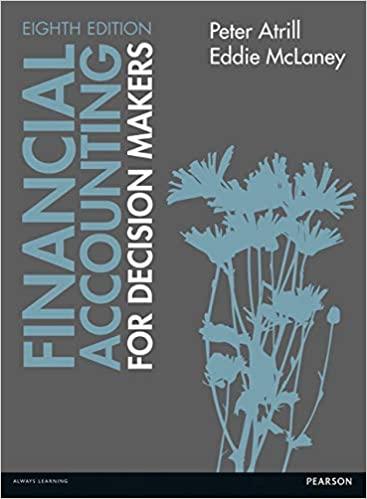Question
I need help with the X mark!! Honesdale levies property taxes in March of each year to help finance the General Fund expenditures for the
I need help with the X mark!!
Honesdale levies property taxes in March of each year to help finance the General Fund expenditures for the calendar year. Property owners are required to pay the taxes in equal installments in April and October. Taxes remaining uncollected are declared delinquent at the end of the year. The facts regarding property taxes levied and collected for calendar years 2021 and 2022 are as follows: 2021: Honesdale levied property taxes of $560,000, anticipating the entire amount to be collected. It actually collected $520,000 during the year. When the village prepared its financial statements, it assumed all the delinquent taxes would be collected during 2022: $29,600 in the first 60 days and the remaining $10,400 later in 2022. 2022: Regarding the $40,000 of delinquent 2021 taxes, Honesdale collected $32,000 in the first 60 days of 2022 and $6,400 during the rest of 2022; the village wrote off the remaining $1,600 as uncollectible. For calendar year 2022, Honesdale levied property taxes of $584,000, again expecting the entire amount to be collected. It actually collected $552,000 in the year of the levy. When it prepared its 2022 financial statements, the village assumed $29,600 of the delinquent 2022 taxes would be collected during 2023: $24,000 in the first 60 days and $5,600 later in the year. It established an allowance of $2,400 for uncollectible taxes.


Step by Step Solution
There are 3 Steps involved in it
Step: 1

Get Instant Access to Expert-Tailored Solutions
See step-by-step solutions with expert insights and AI powered tools for academic success
Step: 2

Step: 3

Ace Your Homework with AI
Get the answers you need in no time with our AI-driven, step-by-step assistance
Get Started


